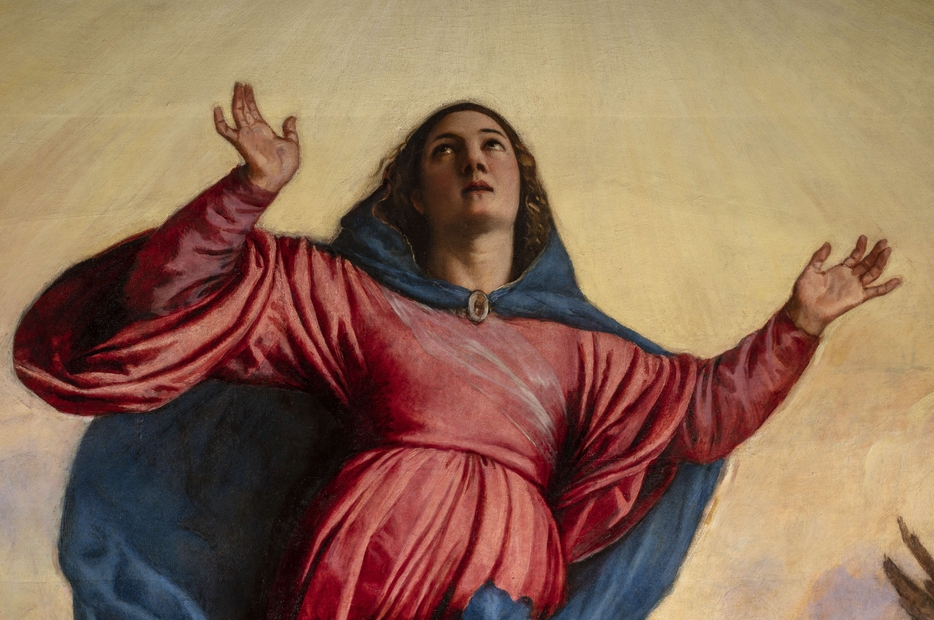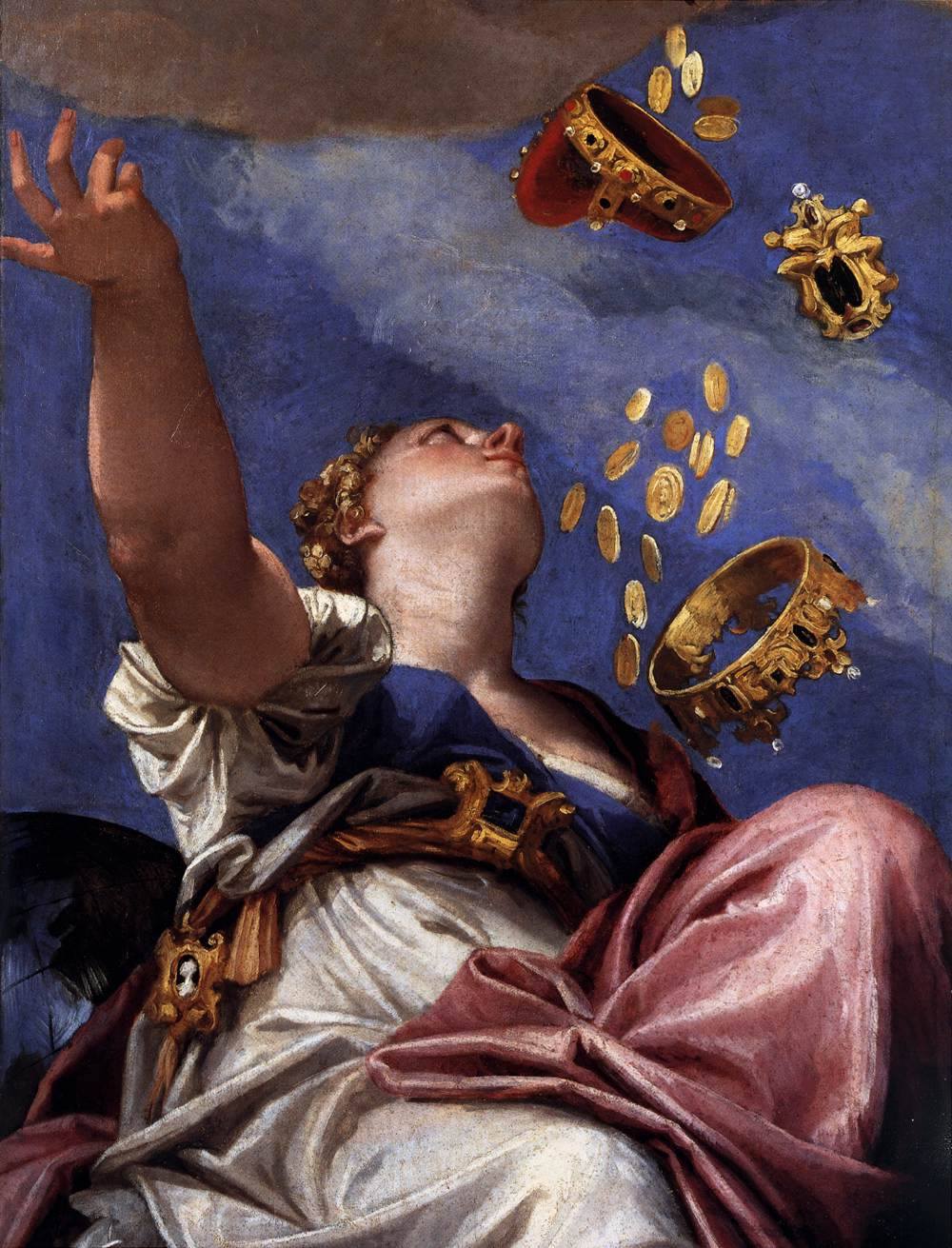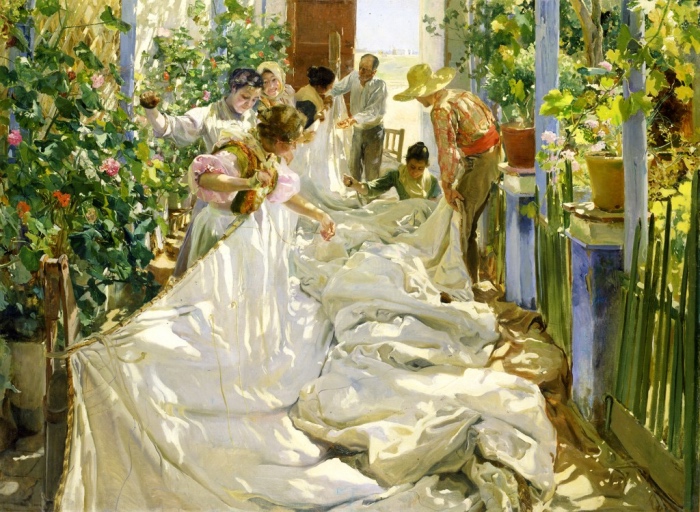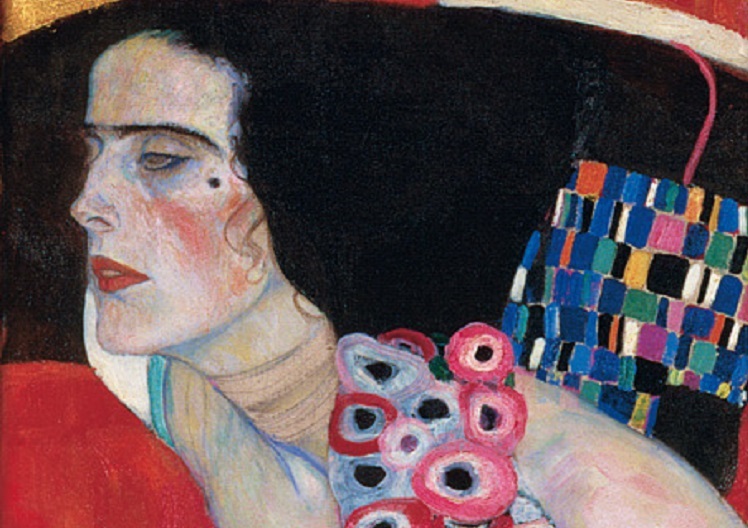
Created in 1516, Titian’s majestic Assumption is one of the great masterpieces of the most important 16th century artist in Venice and the world.
Of all Titian’s works, this is one of the most beautiful and one of the rare masterpieces that can still be admired in the place for which it was created.
In this post I explain why Titian’s Assumption is one of the great masterpieces of art history and why you should see it.





